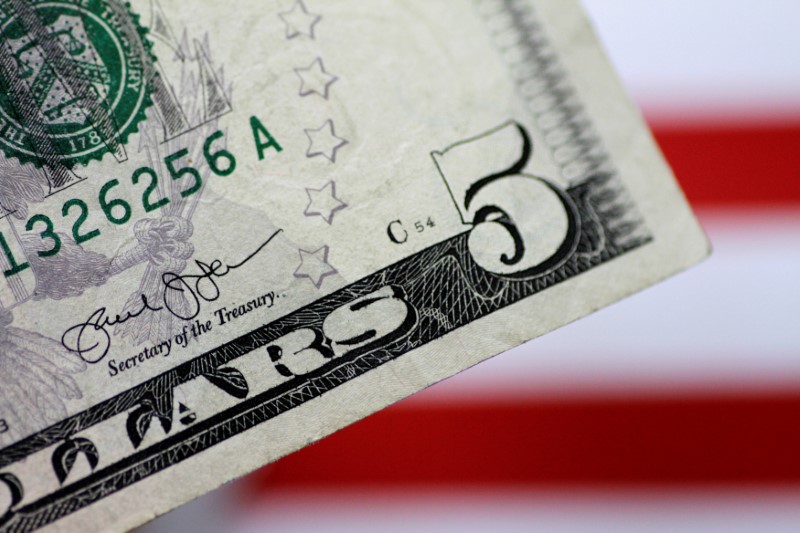Investing.com — Most Asian currencies weakened on Friday, while the dollar and Japanese yen were supported by safe-haven demand after multiple reports said Israel carried out retaliatory strikes against Iran.
Sentiment toward the regional currency was also hit by continued warnings from Federal Reserve officials that U.S. interest rates will remain higher for longer. As a result, most Asian currencies also posted steep losses this week.
Dollar and yen supported by demand for safe havens after reports of Israeli attacks
The and rose slightly in Asian trading, remaining near a five-month high hit earlier this week.
The Japanese yen pair fell 0.2%, but remained near the 34-year high reached this week.
Both the yen and the dollar saw some inflows as multiple media reports indicated that Israel had launched some drone strikes against Iran earlier on Friday, causing explosions in several parts of Iran, Syria and Iraq.
Although initial reports suggested attacks near sites housing Iranian nuclear facilities, Iranian news agencies said no damage had been caused to the facilities.
Still, the move marks a potential escalation of the conflict between Iran and Israel, and could foreshadow worsening geopolitical conditions in the Middle East.
This idea fueled safe-haven demand for the dollar and yen, while also weighing on most risk-driven assets.
The Australian dollar, seen as a key indicator of risk sentiment in Asia, weakened on Friday, with the pair falling 0.3% to a five-month low.
The South Korean won pair rose 0.4%, while the Singapore dollar pair rose 0.1%.
The Indian rupee pair remained close to record highs above 83.5.
Hawkish Fedspeak is also attacking Asian currencies
A slew of aggressive comments from Fed officials also hurt sentiment toward Asia.
Several Fed officials warned that the central bank will keep rates high for longer, while Atlanta Fed President Raphael Bostic warned that the central bank could even raise rates if inflation remained persistent.
Their warnings followed strong US economic data, which also gave the Fed enough leeway to keep interest rates high for longer.
Traders this week largely discounted expectations for a rate cut in June.


